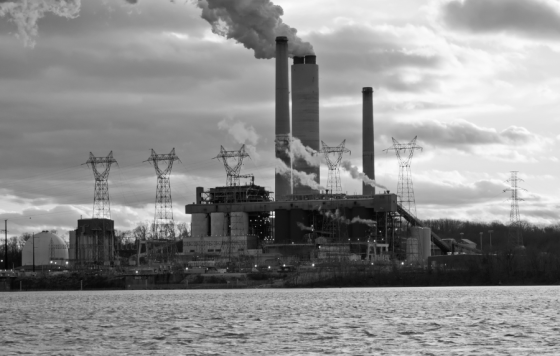
The referenced media source is missing and needs to be re-embedded.
by Jonathan A. Scott, Managing Editor, Clean Water Action News (@jscottnh on Twitter)
First, I admit for the record that I do not live in Vermont. However, I can see Vermont from my house. It’s over there, right on the other side of the beautiful Connecticut River.
Also for the record, as a New Hampshire resident only since 1989, my views may carry less weight than a native-born New Englander. If you live here, you know that is because only 2nd or 3rd generation Granite Staters are considered true natives. The rest of us “flatlanders” might be living here now, but we are lumped together with all those other folks who live or used to live in Massachusetts, New York or other places to the south.
All caveats aside, my perspective on “Vermont’s” water should count for something, just as much as my perspective on clean water here in New Hampshire or in any other state – just as much as your perspective counts. First, all this water doesn’t belong to New Hampshire or Vermont any more than it belongs to me, personally. We all benefit when the water’s clean, and when it’s not, we all share the consequences.
In addition, water – and water pollution – are notoriously unconcerned with political boundaries. The expression, “we all live downstream” is popular for a reason.
The Connecticut River just down the hill from where I live divides New Hampshire from Vermont. Legally (this was settled some time ago, after years of dispute), all the water in the river belongs to New Hampshire, from the New Hampshire side all the way over to the Vermont shore. That may be true, but any pollution originating on the Connecticut’s Vermont-side tributaries, any development or destruction of wetlands upstream of those tributaries, ends up in “New Hampshire’s” Connecticut River.
Not only that, pollution, roads, parking lots, sewage overflows, leaking landfills and just about anything else that happens upstream of the Connecticut River anywhere in New Hampshire or Vermont changes those parts of the Connecticut River that “belong” to all those flatlanders living downstream of us in Massachusetts and Connecticut.
We all have a stake in protecting everything upstream.
Back to Vermont for a moment. According to the U.S. Environmental Protection Agency, almost one thousand miles of small streams feed into drinking water sources for 180,000 Vermonters who get their water from public water systems. Those streams and wetlands associated with them are in trouble today.
The referenced media source is missing and needs to be re-embedded.
Lots of Fish in NH and VT, including these juvenile hornpout, need clean water, too. This fish species is especially sensitive to pollution.Related Posts
Stay Informed
Get the latest updates and actions:
Thanks for signing up!
There was a problem processing your signup. Please try again.


